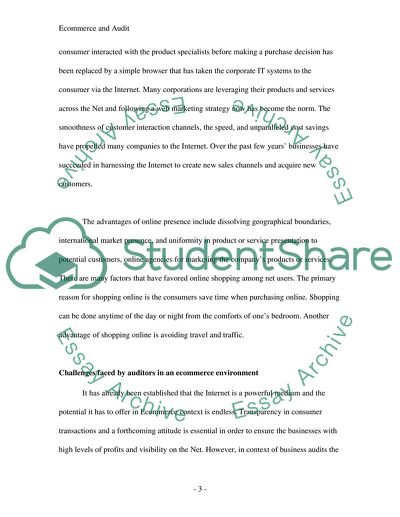Cite this document
(Audit In An E-commerce Environment Case Study Example | Topics and Well Written Essays - 2500 words, n.d.)
Audit In An E-commerce Environment Case Study Example | Topics and Well Written Essays - 2500 words. Retrieved from https://studentshare.org/e-commerce/1731435-auditing-and-e-commerce
Audit In An E-commerce Environment Case Study Example | Topics and Well Written Essays - 2500 words. Retrieved from https://studentshare.org/e-commerce/1731435-auditing-and-e-commerce
(Audit In An E-Commerce Environment Case Study Example | Topics and Well Written Essays - 2500 Words)
Audit In An E-Commerce Environment Case Study Example | Topics and Well Written Essays - 2500 Words. https://studentshare.org/e-commerce/1731435-auditing-and-e-commerce.
Audit In An E-Commerce Environment Case Study Example | Topics and Well Written Essays - 2500 Words. https://studentshare.org/e-commerce/1731435-auditing-and-e-commerce.
“Audit In An E-Commerce Environment Case Study Example | Topics and Well Written Essays - 2500 Words”, n.d. https://studentshare.org/e-commerce/1731435-auditing-and-e-commerce.


